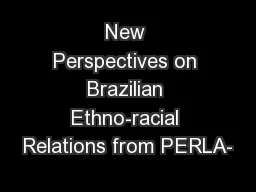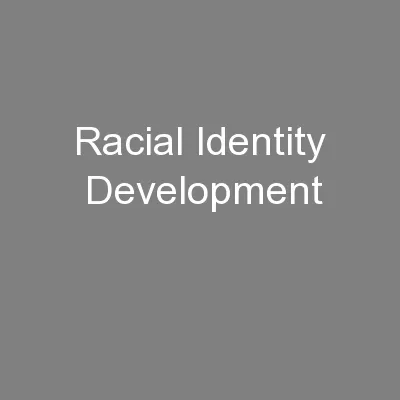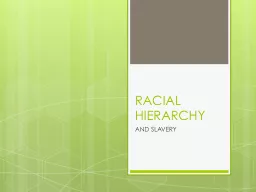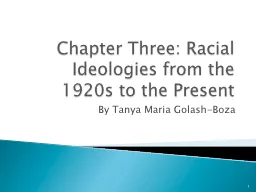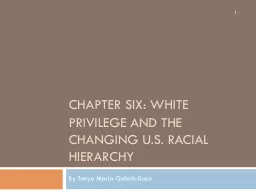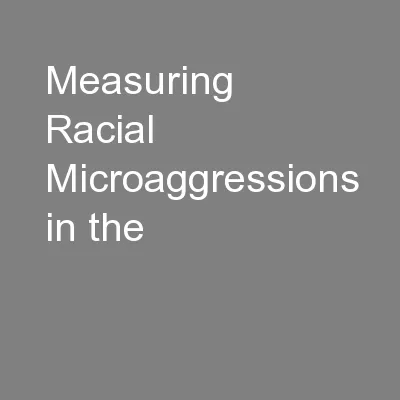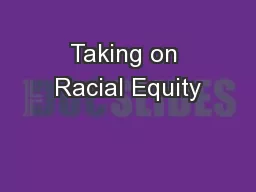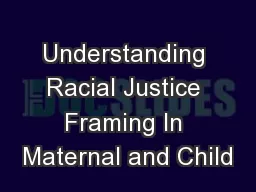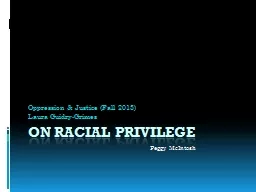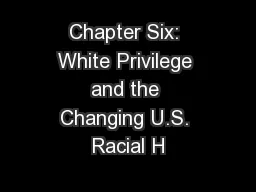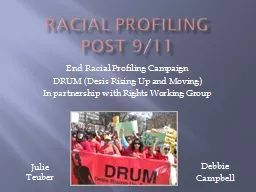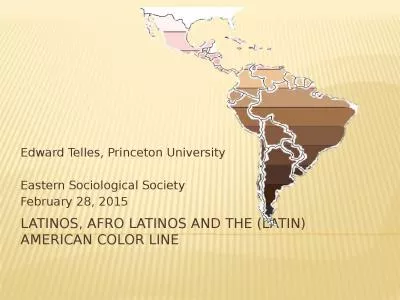PPT-New Perspectives on Brazilian Ethno-racial Relations from PERLA-
Author : sherrill-nordquist | Published Date : 2018-11-03
Brasil Graziella Mores Silva UFRJ Marcelo Paixão UFRJ Brazil has a long tradition in collecting information over his population disaggregated by color
Presentation Embed Code
Download Presentation
Download Presentation The PPT/PDF document "New Perspectives on Brazilian Ethno-raci..." is the property of its rightful owner. Permission is granted to download and print the materials on this website for personal, non-commercial use only, and to display it on your personal computer provided you do not modify the materials and that you retain all copyright notices contained in the materials. By downloading content from our website, you accept the terms of this agreement.
New Perspectives on Brazilian Ethno-racial Relations from PERLA-: Transcript
Download Rules Of Document
"New Perspectives on Brazilian Ethno-racial Relations from PERLA-"The content belongs to its owner. You may download and print it for personal use, without modification, and keep all copyright notices. By downloading, you agree to these terms.
Related Documents

